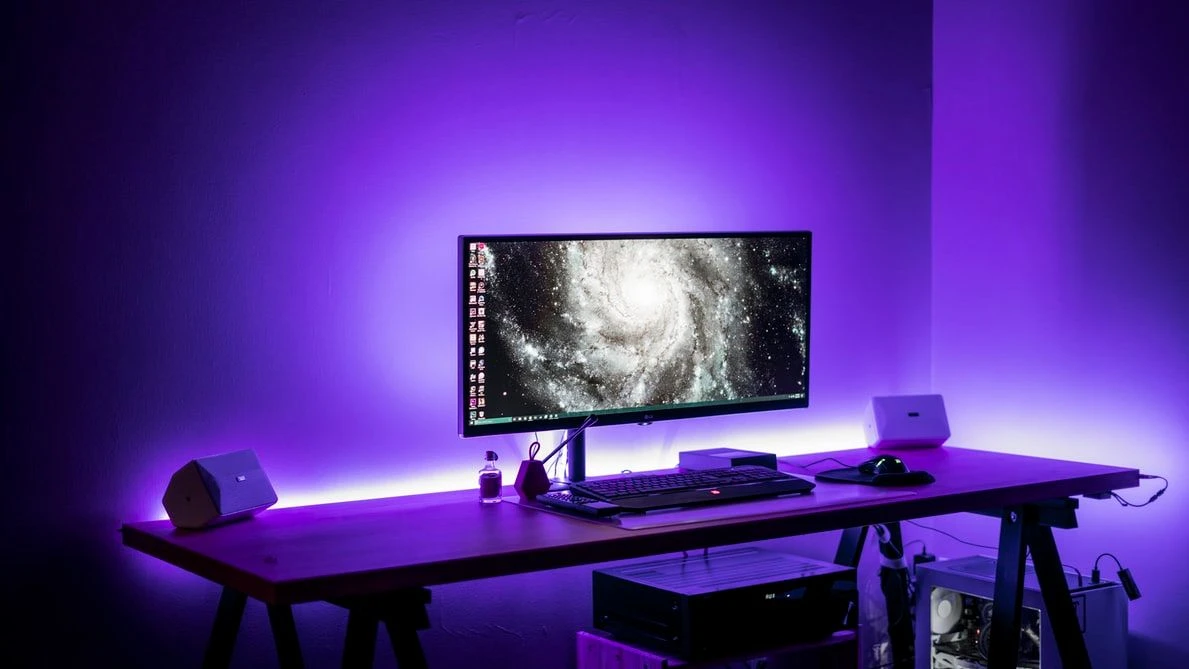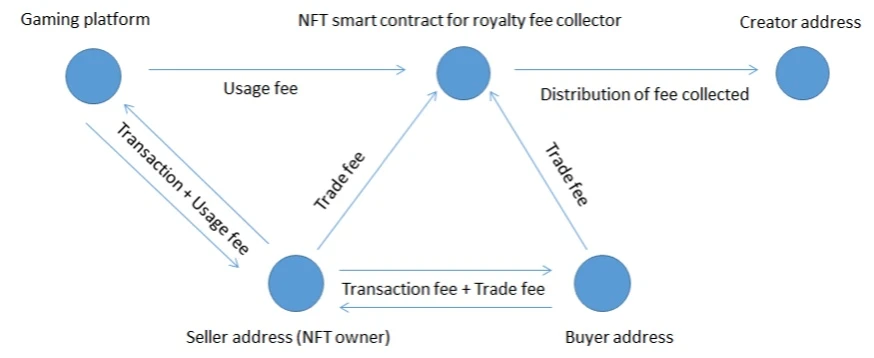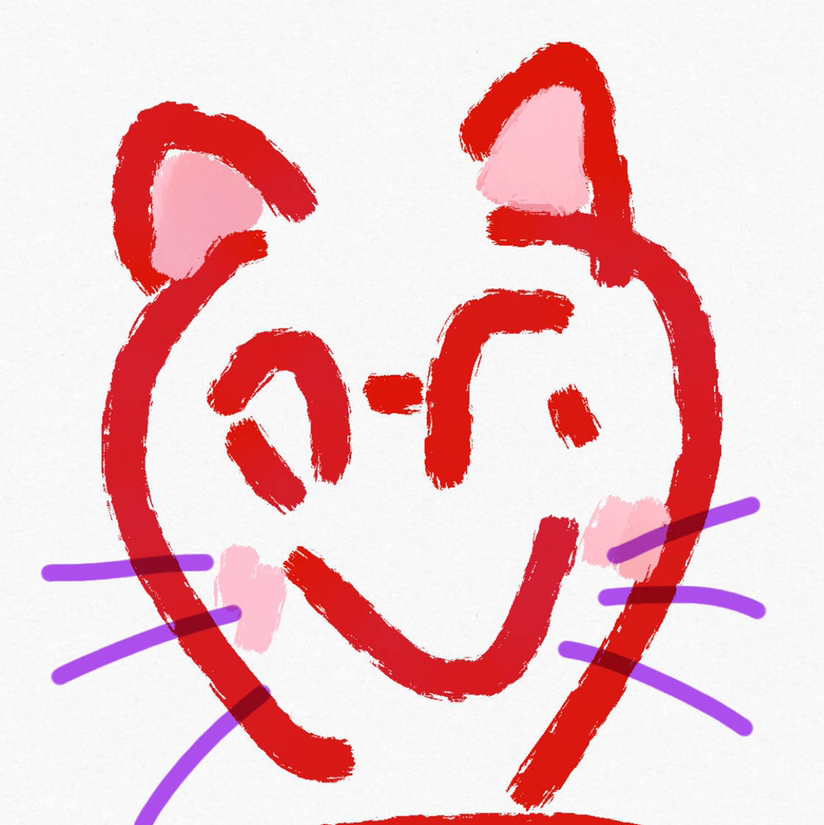This article comes fromhackernoonThis article comes from

, the original author: Ashvarya, compiled by Odaily translator Katie Ku.
Divided by platform, mobile games have long dominated the game industry.
About 51% of the global game market share comes from mobile terminals. Mobile gaming revenue is expected to grow to $100 billion by 2021. Currently, mobile game developers need to pay a 30% fee for any information obtained from the application store (paid APP) or in-game transactions.
In contrast, blockchain games and other games of the same type are niche markets with unique economic models. In the blockchain, the most famous digital asset game/collection category is CryptoKitties. In 2017, CryptoKitties was launched on Ethereum, and players obtained tokens by collecting, feeding and auctioning cats. This model creates a new economic model for gamers, creating new game assets and selling them to other players as regular cryptocurrencies.
Currently, CryptoKitties is the main part of KittyVerse, and KittyVerse is also the extended industry of CryptoKitties, which is composed of dozens of game developers. The community has developed dozens of products that use ERC-721 cats as game assets, such as Kitty Race, which expands its use in other games and provides players with a good gaming experience.
secondary title
Blockchain game economic modelSince the CryptoKitties upgrade, many blockchain-based games have improved and started to show potential for future development.
Up to now, there are 750+ blockchain-based games or collection applications active on various platforms.

Blockchain game developers use the assets in the game to make profits through pre-sales, crowdfunding and online games. Get a small fee from other digital asset transactions (as mentioned below) to help game developers realize their cash.
In contrast, the blockchain provides security for players collectibles or digital assets, tamper-proof ownership records, and allows cross-game asset transactions, and also provides players with more options for realizing their earned assets in the secondary market.
secondary title
The Current State of Blockchain Game PhilosophyAlthough the market potential is unlimited, blockchain games have not yet made great progress. The reason is the lack of interoperability (cross-chain) between current blockchain games.
While blockchain-based digital assets, such as game prizes or collectibles, come from an interoperable network, game developers are refusing to take advantage of this functionality.
Therefore, most developers refuse to use their financial rewards for in-game merchandise purchases or game sessions. This market distinguishes the entire game ecology from the previous model. Next, lets analyze in detail.
secondary title
Analysis of game ecology and economy
In 2019, nearly 12,000+ addresses are processing transactions for at least one decentralized game application every week. At that time, the active users among them had reached 70%, but 90.77% of the players were only active on 14 projects in 2019.This shows that there is little interaction between the cryptocurrency game or NFT community and other gaming communities.
In order to expand the blockchain game ecosystem, we hope that users of decentralized game applications will try more applications. With the exception of CryptoKitties, almost all projects have less than 10% co-users with other projects.
secondary title
what can we do
The blockchain requires NFT tokens to provide new token standards, allowing token developers to set license fees and use across platforms. This method enables developers to grasp the economic return of the game in the free market and go further in the market.
The NEAR Protocol (NEAR Protocol) enables protocol-level rights to break the isolation of developers. Developers create on the NEAR protocol and can directly set the proportion of the developers transaction fee. When their smart contract is activated, this fee will be reflected in the transaction fee.
This opens up a new world of automated entitlement and license-based business models at scale, which has previously been difficult to add to DAPPs. With the problem of uncontrollable variables, new projects (developers) can cooperate with other projects to create applications of assets in other game applications.
For example, select two games from other blockchain games played by users active in CryptoKitties and MyCryptoHeroes, and create and interact with their digital assets.
For example, CryptoKities can join the MyCryptoHeros game solicitation and create special CryptoKitties bread. This feature not only increases revenue for developers, but also increases user engagement, driving users to try other apps.
In addition to increasing opportunities for developers to increase revenue, the NEAR Protocol also simplifies user interface design for users. Considering the high barriers to entry brought about by the complexity of decentralized applications, developers use users in the cryptocurrency or blockchain community as trial objects for game applications.The NEAR protocol simplifies the use of applications, allowing developers or entrepreneurs to expand the user base to the cryptocurrency novice community.
Heres how to do it:
Let startups consider developing products based on the blockchain-based NEAR protocol, and guide users to try decentralized applications without charging any fees just like trying other applications. Developers can prepay transaction fees for users in advance, so that users do not need to face the problem of insufficient funds in cryptocurrency when using the application.
In addition, users can register by email address or password. Once the user is ready to update account security, the app will automatically and securely transfer access to the users account. Users can create a unique account system using a NEAR wallet with a recognizable name.
The introduction of the blockchain system allows users to experience a smooth gaming experience. Using a NEAR-based decentralized application process is similar to Facebook and Instagram.
For startups that are considering developing NEAR blockchain-based products, they can take advantage of the Open Web Collectives accelerated program to launch successful products. Joining the accelerator program, start-ups can leverage Open Web Collectives large community and industry advisory team to build a unique model for their business development.
The foundation uses entrepreneurial methodology to help start-ups define value direction, locate user groups and establish business solutions, and verify the feasibility of ideas in the market. This mechanism ensures a successful product launch and avoids problems.The blockchain game world has already opened, and promoting the base layer or protocol to serve a wide range of mainstream users or developer communities is one of the future development tasks.










